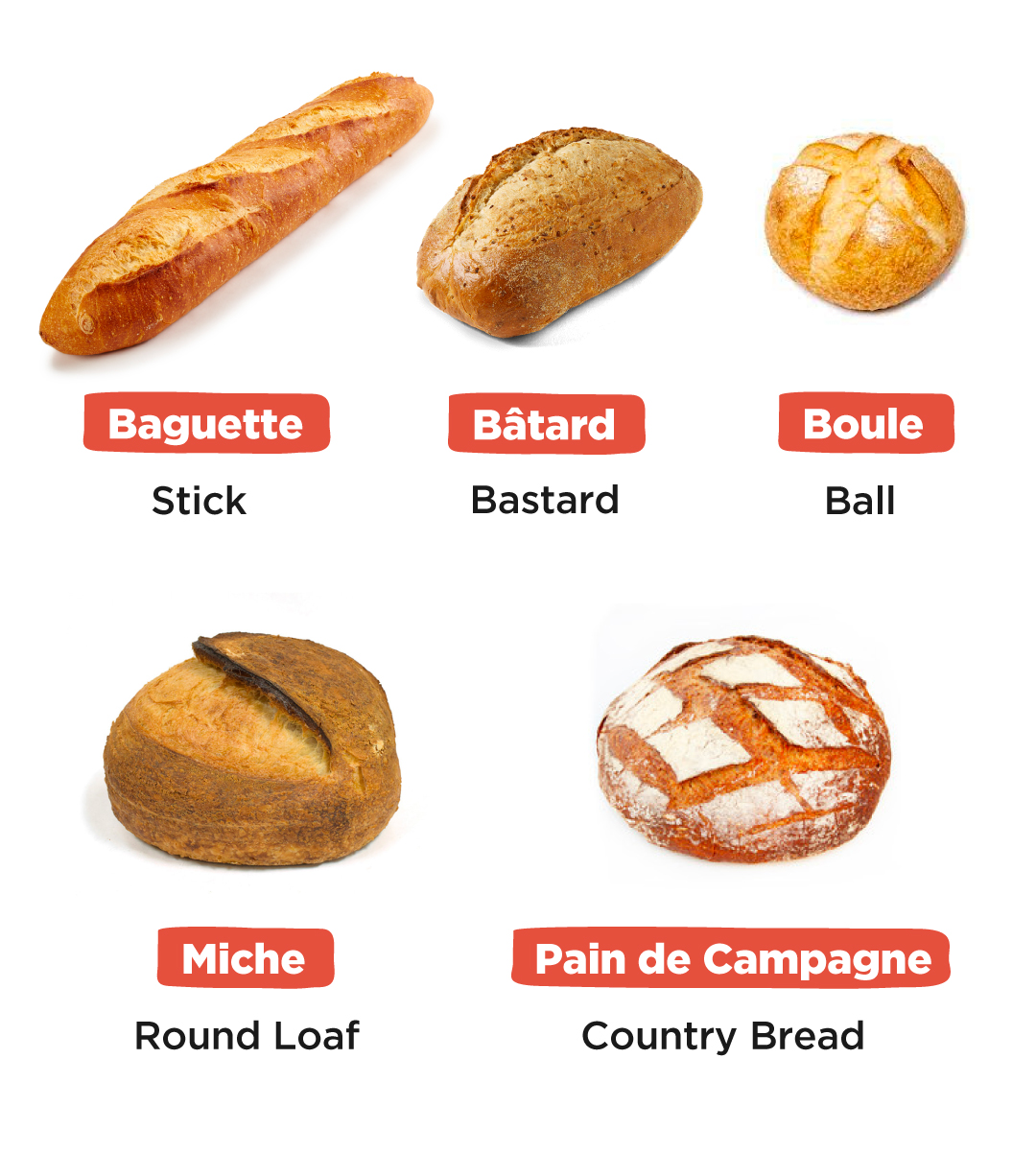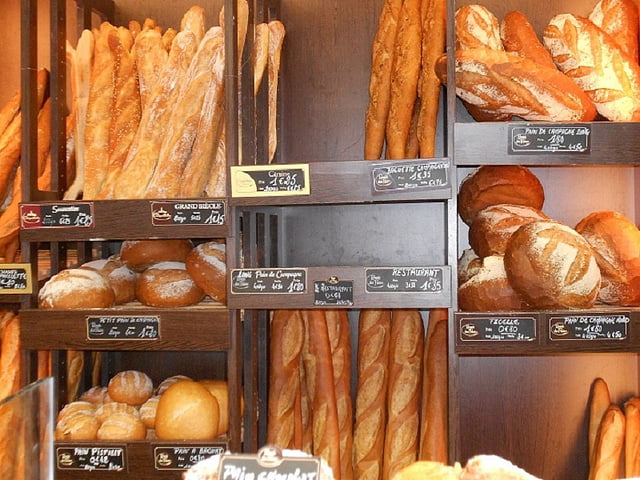Bread is a staple in many cultures, with each region boasting its own unique varieties. Two such renowned types are the baguette and French bread, both hailing from France but each with distinct characteristics that set them apart. This comprehensive exploration delves into the nuances of these two beloved breads, examining their differences in appearance, texture, taste, culinary uses, nutritional aspects, and cultural significance.

1. Appearance: A Tale of Two Shapes
Baguette:
- Shape: Long, thin, and cylindrical, typically measuring around 26 inches in length.
- Crust: Golden brown with a glossy finish, featuring characteristic diagonal slashes along its length.
- Interior: Light and airy with irregular, large holes.
French Bread:
- Shape: Can vary but generally more round and wide compared to a baguette.
- Crust: Often darker and more rustic, with a crumblier texture.
- Interior: Denser and more uniform, with smaller holes.
The visual distinction is immediately apparent; the baguette's elegant, elongated form contrasts with the more rustic, substantial appearance of traditional French bread.
2. Texture: From Crusty to Chewy
Baguette:
- Crust: Crisp and shattering, providing a satisfying crunch.
- Crumb: Light, airy, and slightly chewy, with large, uneven holes.
French Bread:
- Crust: Thicker and sturdier, offering a more pronounced chew.
- Crumb: Dense and chewy, with a more uniform structure and smaller holes.
The baguette's texture is a result of its high hydration dough and specific baking techniques, while French bread's denser texture comes from different dough handling and baking methods.

3. Taste: A Matter of Preference
Baguette:
- Flavor: Mildly sweet with a slight tang from the fermentation process.
- Crust: Adds a hint of caramelized sweetness.
French Bread:
- Flavor: Richer and more robust, with a slightly sour note from a longer fermentation.
- Crust: Offers a deeper, more complex flavor profile.
Taste preferences often dictate the choice between these two breads, with the baguette's light and subtle flavor contrasting with the hearty, robust taste of French bread.
4. Culinary Uses: Versatility vs. Specialization
Baguette:
- Uses: Ideal for sandwiches, appetizers like bruschetta, and as an accompaniment to soups and salads.
- Versatility: Its shape and texture make it perfect for a variety of dishes, from simple garlic bread to gourmet canapés.
French Bread:
- Uses: Suited for dishes requiring a sturdier bread, such as French toast, croutons, and bread pudding.
- Specialization: Its dense crumb soaks up liquids well, making it excellent for soaking up sauces and gravies.

The baguette's versatility is unmatched, while French bread's specialization in heartier dishes makes it a favorite for specific culinary applications.
5. Nutritional Differences: A Slight Variation
Baguette:
- Calories: Lower per slice due to its airy texture.
- Nutritional Content: Generally lower in fiber compared to denser breads.
French Bread:
- Calories: Slightly higher per serving due to its denser structure.
- Nutritional Content: Higher in fiber and nutrients from a longer fermentation process.
While both breads are nutritious, French bread's denser composition provides a slight edge in fiber and nutrient content.
6. Cultural Significance: Symbols of French Heritage
Baguette:
- Symbolism: An iconic representation of French culinary art, often associated with Parisian street scenes.
- Tradition: Integral to daily life in France, enjoyed fresh daily from local bakeries.
French Bread:
- Symbolism: Represents the rustic, artisanal side of French baking, evoking images of the French countryside.
- Tradition: Often made using traditional methods passed down through generations, emphasizing craftsmanship.
Both breads hold significant cultural value in France, each symbolizing different aspects of French heritage and daily life.
Choosing Between Baguette and French Bread
The choice between baguette and French bread ultimately comes down to personal preference and intended culinary use. The baguette, with its crisp crust and light crumb, is perfect for a wide range of applications, from simple snacks to gourmet dishes. French bread, with its dense texture and hearty flavor, excels in dishes that require a sturdy, flavorful base.

Regardless of the choice, both types of bread offer a taste of French culinary excellence and heritage, delighting bread enthusiasts around the world. Whether you're enjoying a classic baguette with cheese and wine or savoring the robust flavor of French bread in a hearty meal, these breads bring a touch of France to your table.
Frequently Asked Questions
Q: Can I substitute baguette for French bread in recipes? A: While both breads are versatile, they may not always be interchangeable. Baguette’s lighter texture may not hold up as well in dishes that require a sturdy bread, like French toast.
Q: Is baguette healthier than French bread? A: Nutritionally, they are fairly similar, but French bread may have a slight edge in fiber content due to its denser texture.
Q: How do I store baguette and French bread? A: Store both breads in a cool, dry place. Baguette will stay fresh for about 3 days, while French bread can last slightly longer due to its denser texture.
Q: Can I freeze baguette or French bread? A: Yes, you can freeze both breads. Wrap them tightly in plastic wrap and freeze for up to 3 months. Thaw at room temperature before serving.
Q: What are some popular dishes that use baguette? A: Baguette is commonly used in sandwiches, croque-monsieur, bruschetta, and as a base for canapés.
Q: What are some popular dishes that use French bread? A: French bread is often used in French toast, croutons, soups, and as a side dish with main courses
#amikrafty




